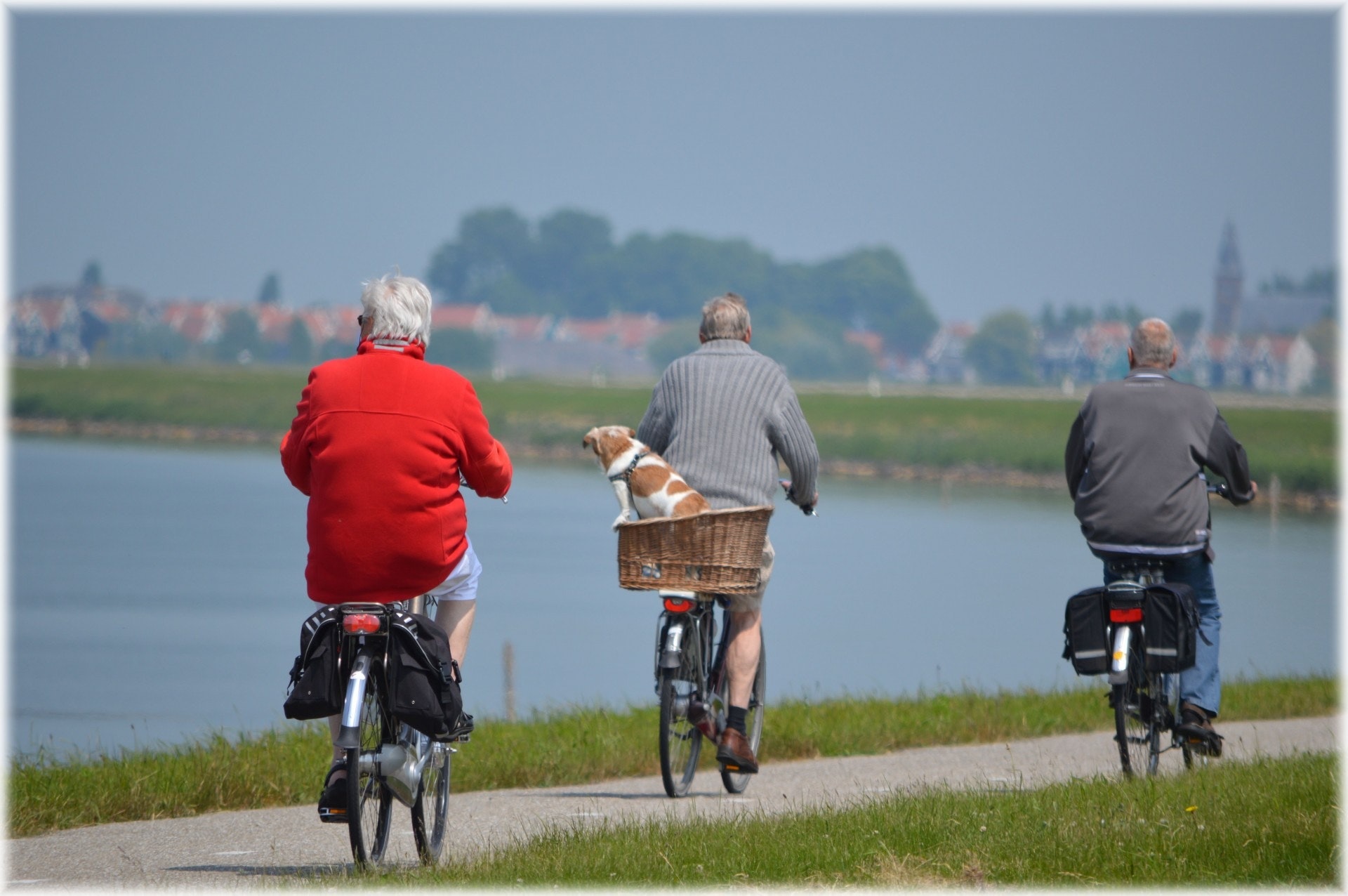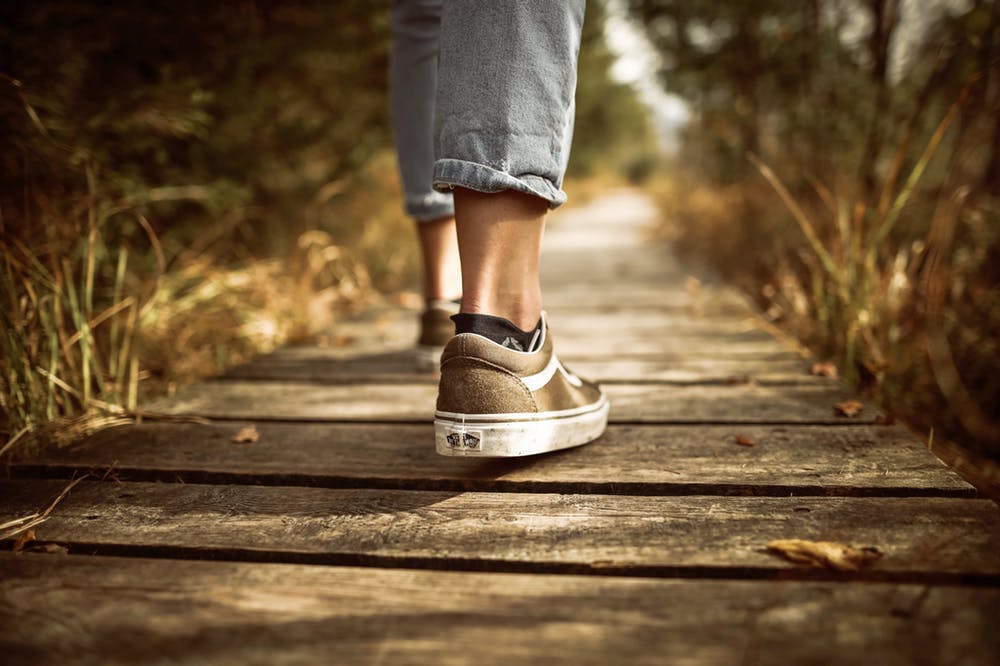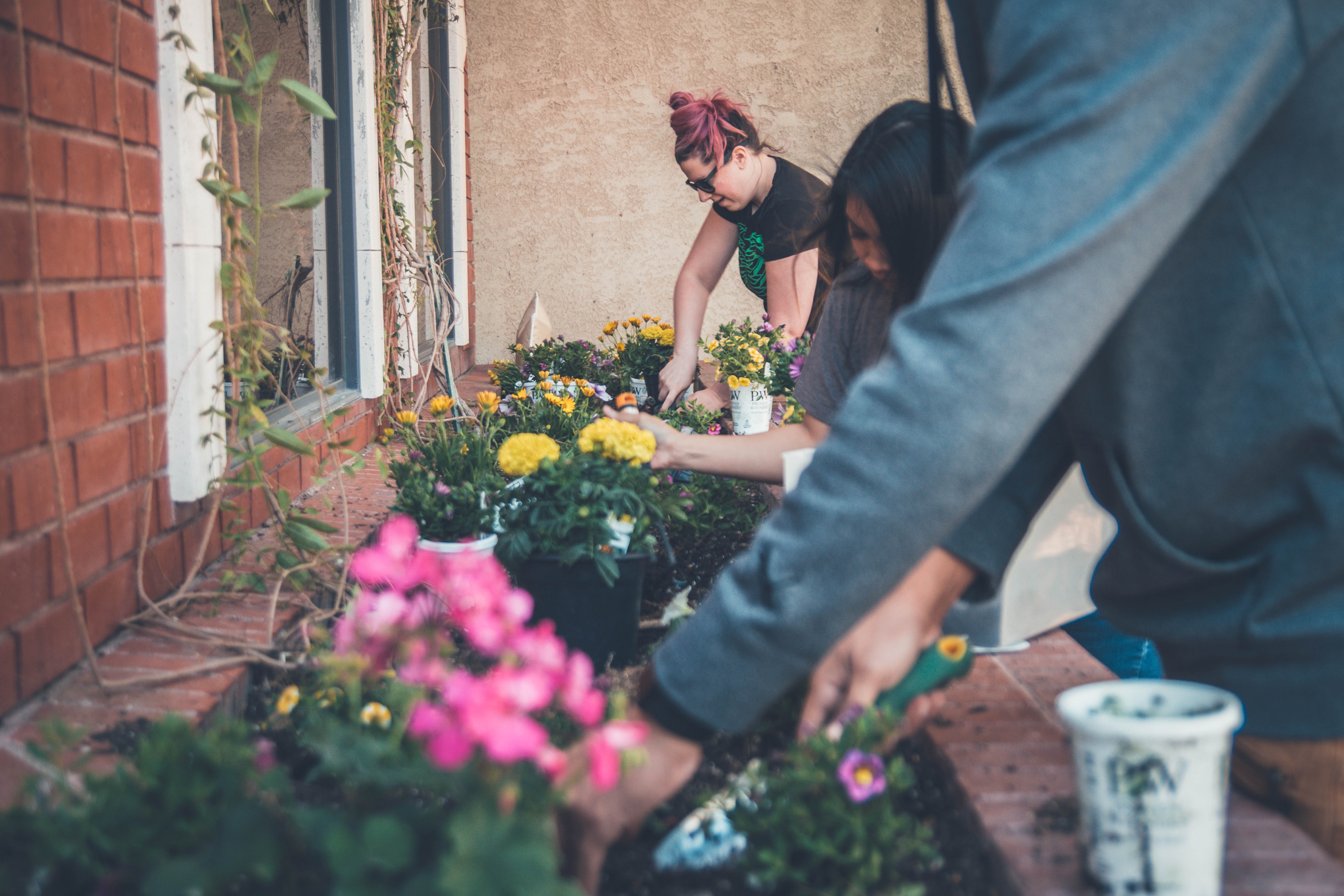Staying Fit As You Age
Exercise is often prescribed for patients of all ages to reduce complaints about pain in muscles and bones, but some feel it gets harder to exercise as they get older.“For seniors, exercise can also be an incredible way to be social,” says Dr. Scott Bautch, DC, a member of the American Chiropractic Association’s Council on Occupational Health. “The social aspect of exercise is huge. Pilates is becoming more and more popular among older adults. Seniors can interact with each other while they exercise at their local gyms. Nowadays,many gyms have hours of operation that are friendly to seniors.”
How do I start?
- Develop a plan for an exercise program and stick with it. Make your exercise program an integral part of your normal daily activities – or use normal daily activities to help your muscles and bones become as healthy as possible.
- Research shows that “functional exercises”— those that mimic actual daily activities, such as walking up and down stairs and getting in and out of a chair — can be quite effective.
- Some research suggests that people who live in two-story houses are less prone to certain types of heart disease. Repeatedly climbing a flight of stairs or rising from and returning to a seated position helps build leg strength and aerobic fitness. If you hold a weight during these exercises, you can increase your level of physical activity even further.
- Household chores, such as vacuuming, loading and emptying the dishwasher and moving wet laundry from the washer to the dryer can increase strength and flexibility. Lift with your legs, when necessary.
Which fitness program will help me most?
The best exercise program should be tailored to your individual health status. Typically, low-impact activities that keep joints moving and minimize pain, such as walking, swimming and water-based exercise, are effective. Research has shown that exercise can reduce joint stiffness, pain and inflammation associated with arthritic conditions, which affect most of us as we age.
Reprinted with permission from the American Chiropractic Association www.acatoday.org
For more information from the ACA, click here for a Staying Fit as You Age Fact Sheet.



